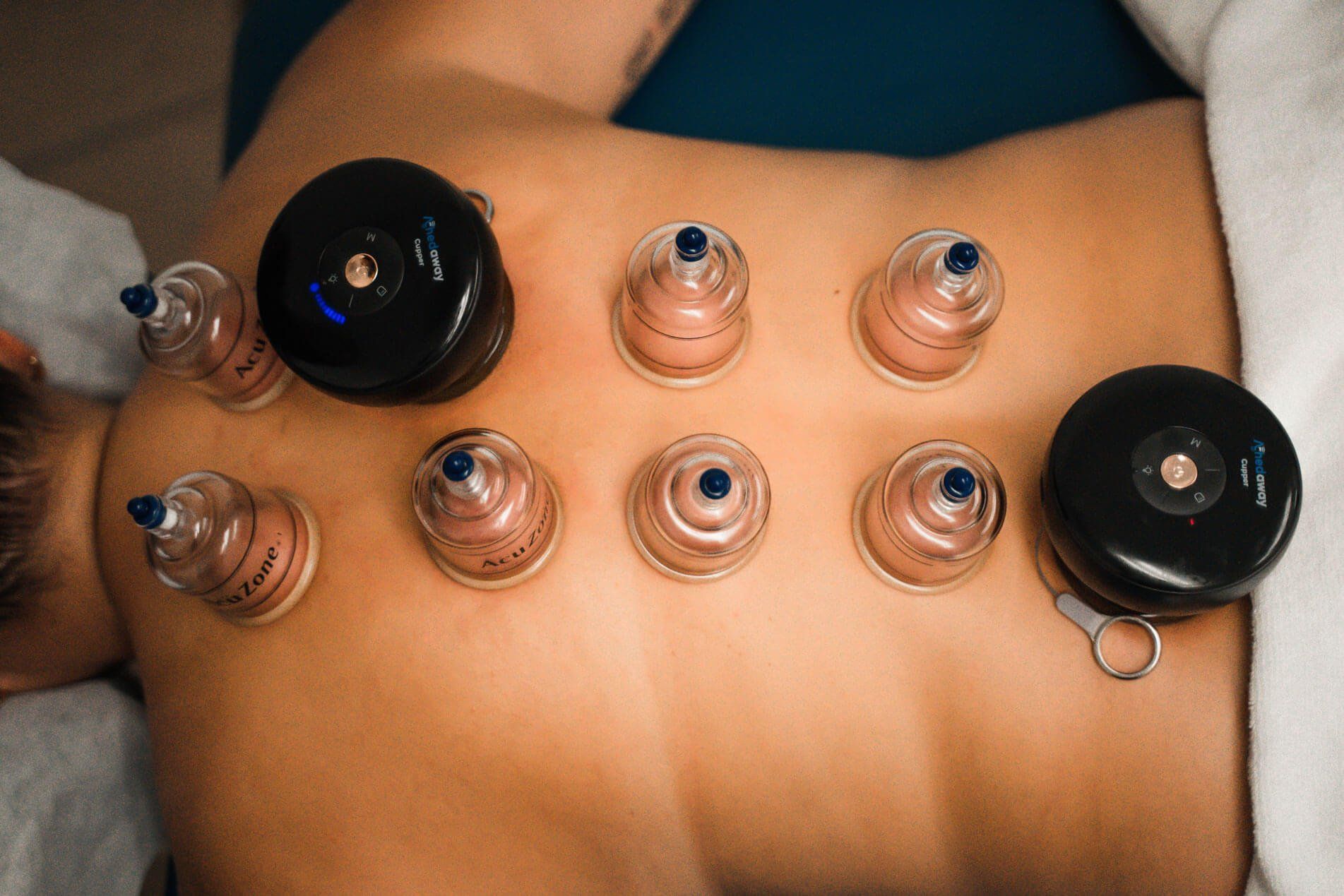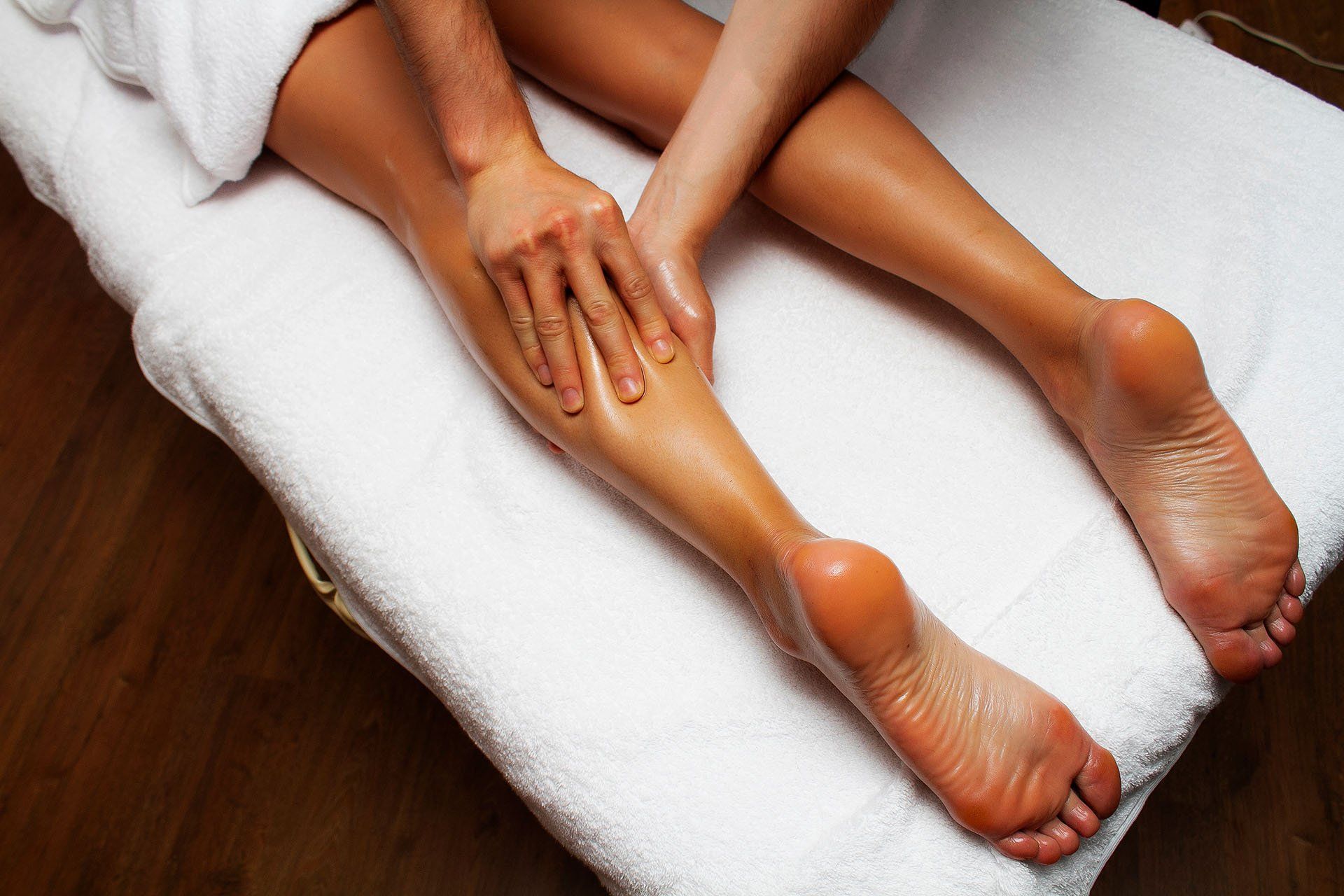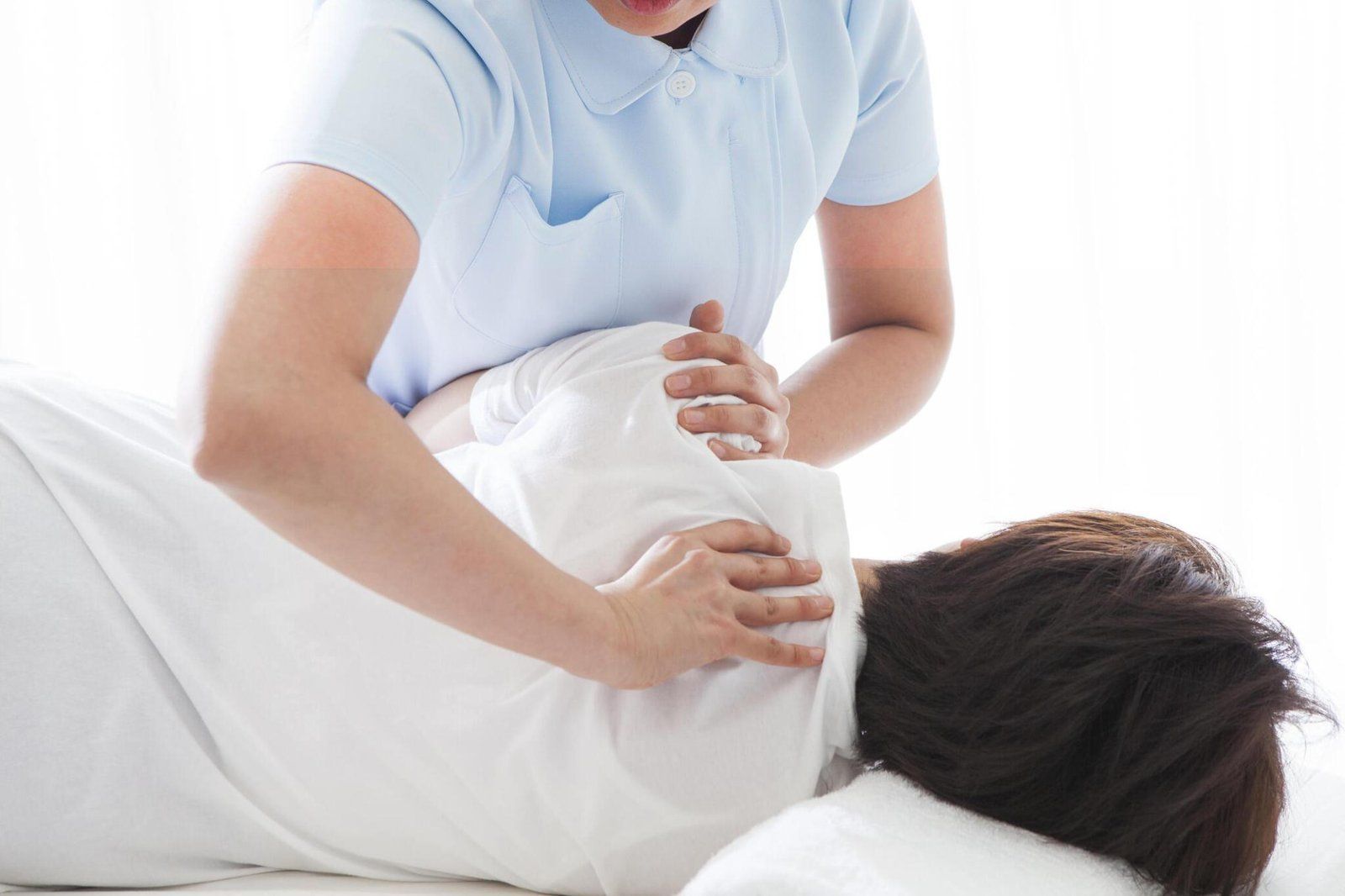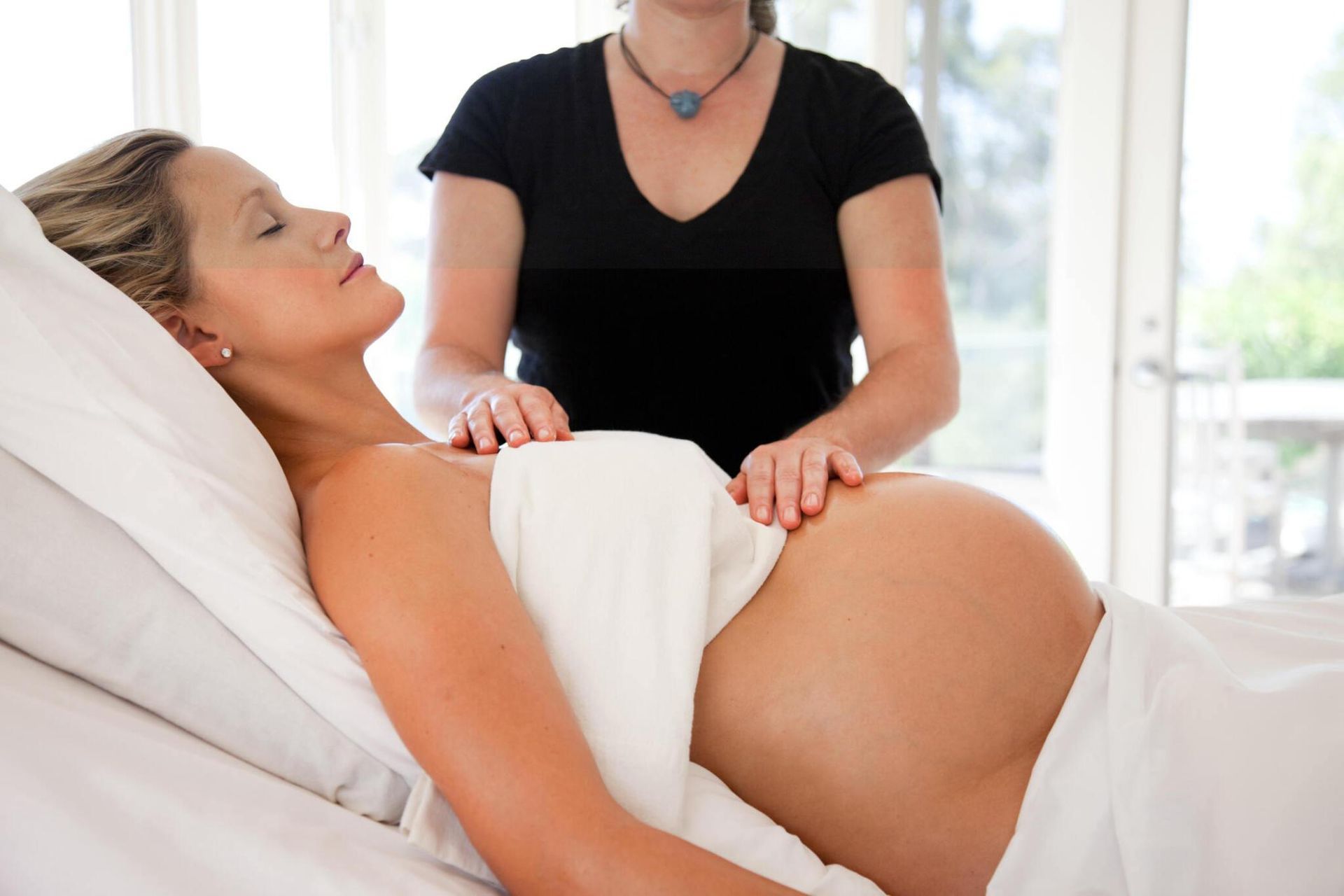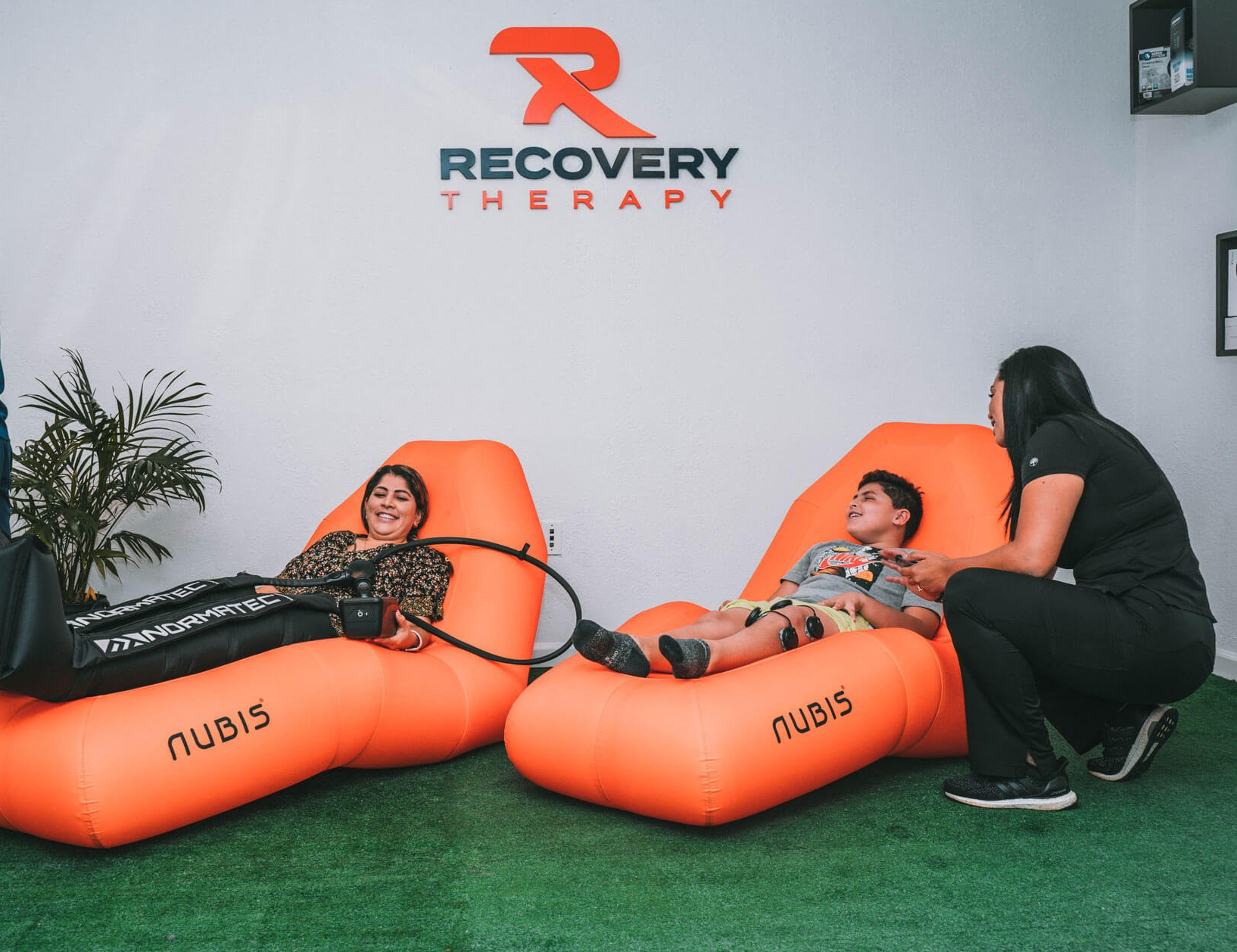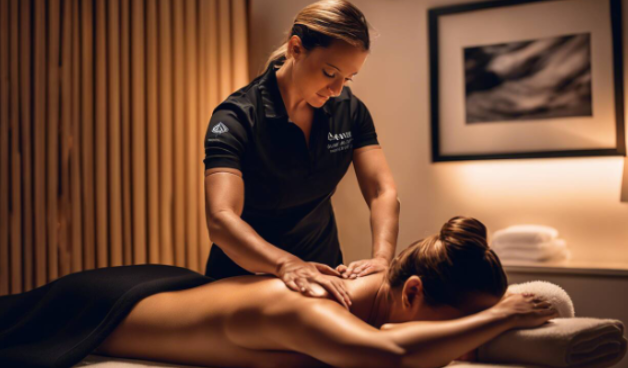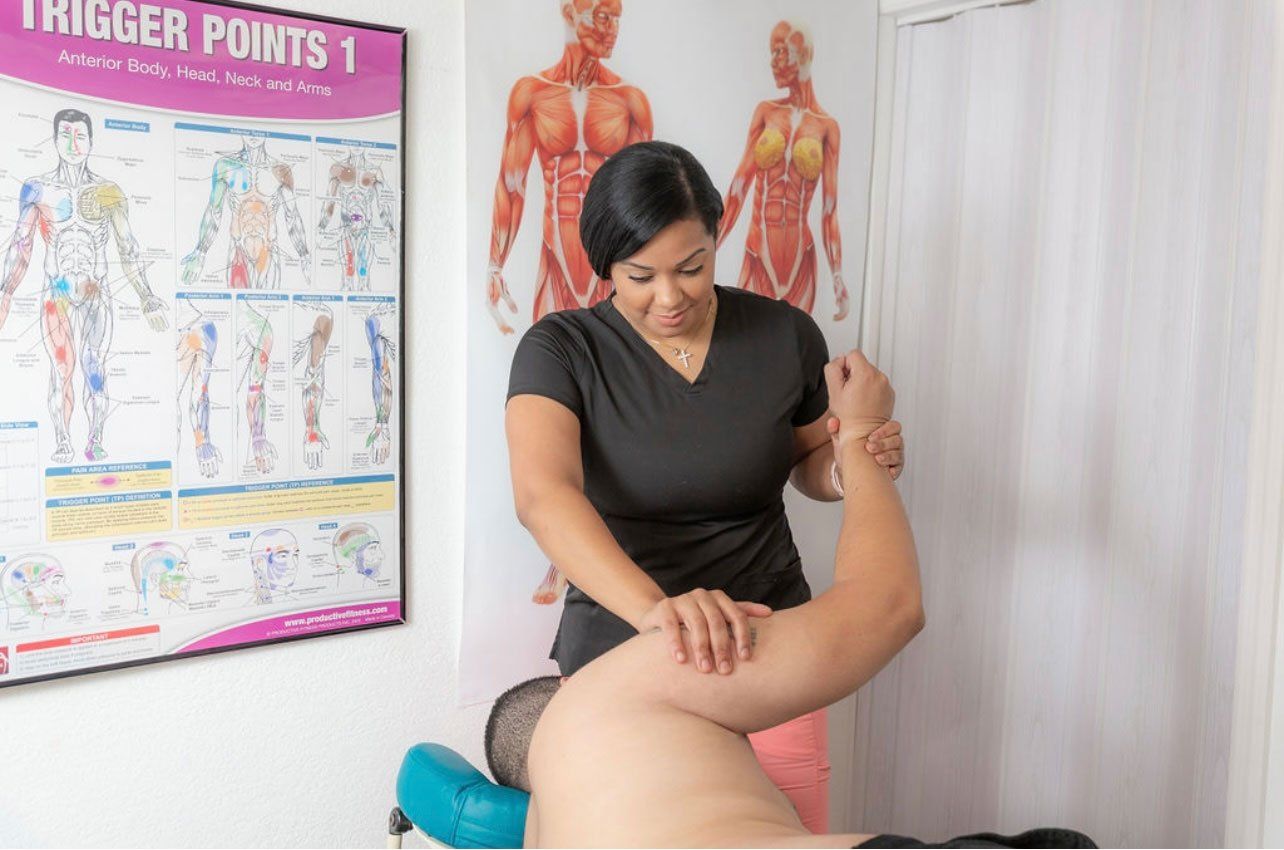Athletic Massage: Enhance Sports Performance and Aid in Recovery
Striving to beat your personal best, or simply recover better after an intense workout? For competitive athletes and fitness enthusiasts alike, the secret weapon might not be in a fancy piece of equipment or grueling training regimen. It could be as simple as incorporating athletic massage into your routine. This non-invasive therapy has emerged as a standout tool in attaining peak physical performance and accelerating body recovery. Experience the power of therapeutic touch and discover how it could transform your athletic journey. Buckle up as we delve into the world of athletic massage, its science-backed benefits, and why this might just be your game-changing strategy for enhanced sports performance and faster recovery.
Athletic massage is a specialized form of massage therapy targeted towards athletes to enhance performance, prevent injuries, and aid in recovery. It involves techniques such as deep tissue massage, stretching, and soft tissue manipulation to target specific muscle groups and improve flexibility, circulation, and overall athletic performance. Regular athletic massages can help athletes reduce muscle tension, promote faster recovery after intense training or competitions, improve range of motion, and prevent common sports-related injuries. To experience the full benefits of athletic massage, it is recommended to consult with a professional sports massage therapist who is experienced in working with athletes.
Understanding Athletic Massage
Athletic massage is a specialized form of massage therapy specifically designed to enhance sports performance and aid in the recovery process for athletes. Unlike traditional relaxation massages, athletic massage focuses on addressing the unique needs and challenges that athletes face due to intense training, competitions, and physical exertion. It takes into account the specific demands of different sports and utilizes techniques to promote flexibility, improve circulation, prevent injuries, and support overall athletic well-being.
The primary goal of athletic massage is to optimize an athlete's performance while minimizing the risk of injury. By targeting specific muscle groups and areas prone to tension or strain, athletic massage can help alleviate muscle soreness, reduce inflammation, improve range of motion, and increase endurance. Moreover, it can aid in the elimination of metabolic waste products like lactic acid, which can accumulate during rigorous physical activity.
Imagine a professional runner preparing for an important race. With weeks of intense training behind them, their muscles may become tight and fatigued. Athletic massage techniques such as friction, compression, stretching, and trigger point therapy can be employed to release tension in key areas like the calves, quadriceps, hamstrings, and glutes. This not only ensures optimal muscle function but also reduces the risk of injury during the race.
Furthermore, athletic massage goes beyond physical benefits; it also plays a vital role in promoting psychological well-being for athletes. The power of touch and manual manipulation has been shown to reduce stress levels by triggering the release of endorphins - natural mood-enhancing chemicals in the body. This can boost an athlete's mental state, allowing them to enter competitions with increased focus and confidence.
Types of Athletic Massage Therapy
Athletic massage therapy encompasses a range of specialized techniques tailored to address the needs of athletes during training, pre-competition, post-competition, and the recovery process. These techniques are designed to enhance performance, aid in injury prevention, promote faster recovery, and optimize overall athletic well-being. Some widely recognized types of athletic massage therapy include:
Sports Massage: This is a comprehensive form of athletic massage that focuses on enhancing an athlete's performance and preventing injuries. It combines various techniques like deep tissue massage, stretching, and joint mobilization to improve flexibility, increase blood circulation, and alleviate muscle tension.
Pre-Event Massage: As the name suggests, this type of massage is performed before an athletic event or competition. Pre-event massage typically involves dynamic stretching, fast-paced movements, and light pressure strokes to stimulate muscles, warm them up, and prepare them for optimal performance.
Post-Event Massage: Post-event massage is geared towards aiding in recovery immediately after sports competitions or intense training sessions. It typically utilizes techniques such as long strokes, gentle stretching, and compression to promote muscle relaxation, reduce inflammation, relieve muscle soreness, and facilitate quicker recovery.
Maintenance Massage: Maintenance massage is regularly scheduled throughout an athlete's training program to maintain optimal muscle health and prevent overuse injuries. It focuses on identifying areas of tension or imbalance and utilizes specific techniques to address these issues before they become more severe.
Rehabilitation Massage: Rehabilitation massage primarily targets athletes who are recovering from injuries or surgical procedures. This therapeutic approach aims to restore function, mobility, and rehabilitation through gentle manipulations, deep tissue work, lymphatic drainage techniques, and other modalities based on the specific injury.
Keep in mind that these types of athletic massage therapy are not mutually exclusive, and a skilled sports massage therapist may incorporate multiple techniques based on an individual's unique needs. It's essential to consult with a qualified professional who can assess your requirements and customize a massage treatment plan tailored to your athletic goals and physical condition.
Benefits and Effectiveness of Athletic Massage
Athletic massage, also known as sports massage, is not just a luxurious treat for athletes; it plays a vital role in enhancing sports performance and aiding in recovery. This specialized form of massage therapy focuses on addressing the unique needs of athletes by targeting specific muscles and areas of the body that are prone to strain or injury during athletic activities. By utilizing various techniques tailored to the athlete's sport and individual needs, athletic massage provides numerous benefits that can make a significant difference in an athlete's performance and overall well-being.
One of the key benefits of athletic massage is its ability to promote improved circulation. Through targeted manual manipulation of soft tissues, such as muscles, tendons, and ligaments, blood flow can be enhanced, delivering oxygen and essential nutrients more efficiently to the muscles. This increased circulation helps in the removal of metabolic waste products, reducing muscle soreness and fatigue. Improved blood flow also aids in the prevention of injuries by maintaining muscle flexibility and elasticity.
Let's take the example of Sarah, a long-distance runner who has been struggling with tight calf muscles that have hindered her performance. Regular athletic massage sessions helped to alleviate the tension in her calves, allowing them to properly absorb shock during running. This resulted in reduced pain and increased endurance during her training sessions and races.
Athletic massage is also effective in reducing muscle tension and promoting relaxation. Intense training or competition can lead to muscle tightness and imbalances, which can negatively impact an athlete's performance. Through deep tissue techniques and stretching exercises, athletic massage can help release tension and improve muscle flexibility. In turn, this allows for a better range of motion and fluid movement during physical activity.
Moreover, athletic massage plays a crucial role in injury prevention and rehabilitation. By addressing imbalances or compensatory movements caused by overuse or previous injuries, this form of massage therapy helps correct biomechanical issues that could lead to future injuries. Additionally, it can speed up the recovery process by reducing inflammation, decreasing scar tissue formation, and enhancing the body's natural healing mechanisms.
Think of athletic massage as a pit stop during a race. It allows athletes to refuel, recharge, and fine-tune their bodies to ensure optimal performance and minimize the risk of breakdowns along the way.
Sport-Specific Techniques
Athletic massage encompasses various techniques tailored specifically to meet the demands of different sports and their corresponding muscle groups. The therapist's selection of techniques is determined by factors such as the athlete's sport, specific muscles engaged in the activity, intensity level, and any existing injuries or limitations.
For example, endurance-based sports like long-distance running or cycling often require techniques that focus on promoting muscle recovery, increasing circulation, and relieving tension buildup. Deep tissue massage, with its ability to penetrate deeper layers of muscles, can aid in releasing knots or adhesions and promoting overall muscle relaxation.
In contrast, explosive sports such as sprinting or powerlifting may benefit from techniques that enhance muscle activation and improve range of motion. Sports massage therapists may incorporate techniques like active release technique (ART) or proprioceptive neuromuscular facilitation (PNF) stretching to target specific muscles involved in explosive movements.
Each sport has its unique demands on the body, which necessitates individualized approaches to athletic massage. By tailoring techniques to specific sports and focusing on the muscles and movements most utilized in those activities, therapists can optimize the effectiveness of the massage and contribute to athletes' peak performance.
Think of it as a customized training plan for each sport. Just as athletes follow specific workouts to develop strength and skills relevant to their sports, athletic massage employs techniques that directly address the specific needs and muscle groups required for optimal performance.
Preparation and Expectations from an Athletic Massage Session
Before your athletic massage session, it's important to make some preparations to ensure you get the most benefit from your experience. First and foremost, communicate your goals and any specific issues or concerns you have with your massage therapist. They will be able to tailor the session to address your needs effectively. Whether you're seeking to enhance sports performance, recover from an injury, or relieve muscle tension, clear communication is key.
For instance, if you're a runner experiencing tightness in your hamstrings and calves, let your therapist know so they can focus on those areas during the massage. Likewise, if you have any contraindications or specific areas to avoid due to recent surgeries or injuries, it's crucial to inform your therapist beforehand. This will ensure they create a safe and effective treatment plan for you.
During the preparation phase, it's also essential to set realistic expectations for what an athletic massage session can deliver. While many athletes and active individuals find tremendous benefits from regular massages, it's important to understand that one session may not lead to immediate miraculous results. Instead, athletic massage is often a gradual process that provides cumulative effects over time.
Think of athletic massage as building strength through consistent training sessions at the gym. You don't become stronger after just one workout; it takes time and consistency. Similarly, regular athletic massages can help improve circulation, increase flexibility, reduce muscle soreness, and enhance overall recovery over time.
Another important aspect of preparing for an athletic massage session is ensuring proper hydration before and after the session. Hydration plays a crucial role in maintaining tissue health and promoting optimal muscle function. By staying well-hydrated, you're helping your body flush out metabolic waste products more efficiently and aiding in the healing process post-massage.
When it comes to clothing choice for the session, wear comfortable athletic attire that allows easy access to the areas that need attention. Loose-fitting or stretchy clothing is recommended to ensure freedom of movement during specific stretches or active techniques that might be incorporated into your massage.
Now that you have an understanding of the preparation involved, let's discuss what you can expect during an athletic massage session.
An athletic massage session is not only a time for physical rejuvenation but also an opportunity for mental relaxation. By preparing mentally and physically for the session and setting realistic expectations, you can optimize the benefits and truly enjoy the experience. Remember, every athlete's journey is unique, and by working closely with your massage therapist, you can develop a customized plan that aligns with your goals and supports your overall well-being.
How Can We Help?
If you are looking for a massage therapist in Orlando or nearby areas, contact Recovery Therapy Orlando. Our team offers a wide range of services that you would love! We would love to hear from you.
Book A Session
We will get back to you as soon as possible.
Please try again later.
2022 Copyright • Recovery Therapy Orlando | Privacy Policy | Powered by Triple A SEO



